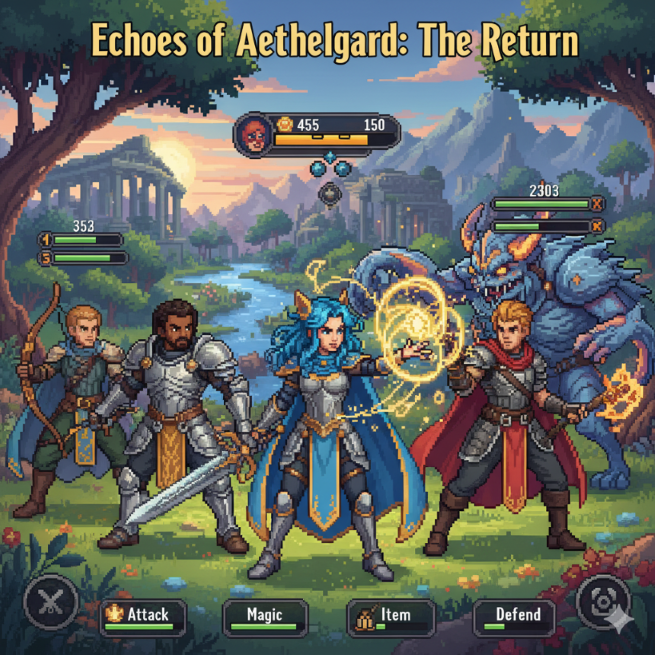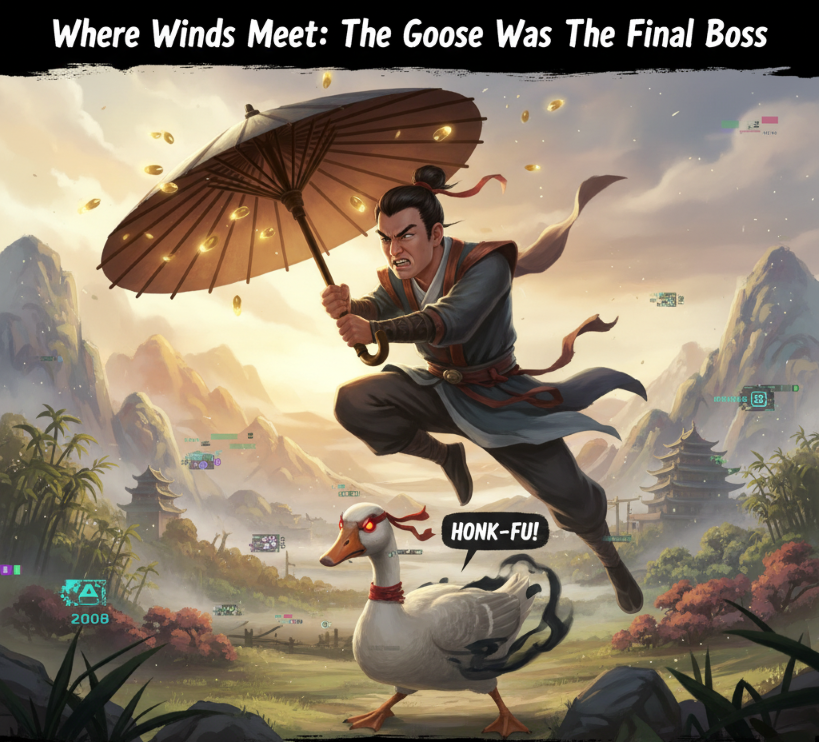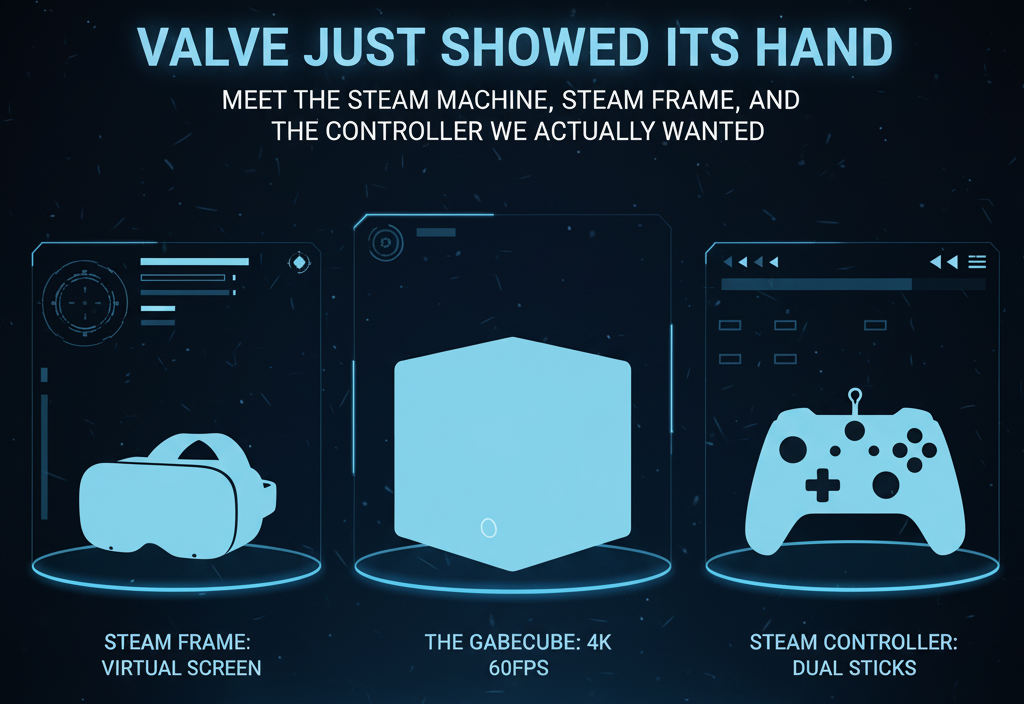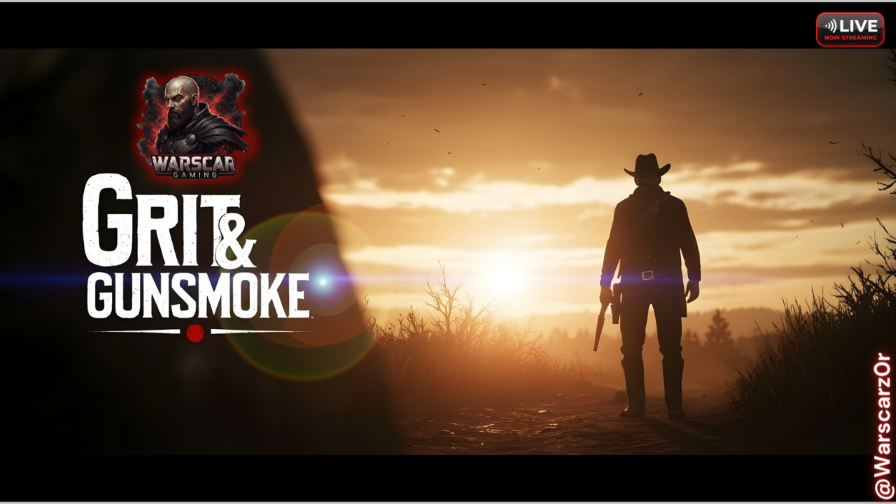
In an industry often chasing the latest graphical fidelity and open-world grandeur, a fascinating trend is taking hold: the enthusiastic resurgence of classic role-playing game mechanics. From turn-based combat and deep, branching dialogue trees to pixel-art aesthetics and challenging difficulty curves, developers and players alike are rediscovering the enduring charm and strategic depth that defined RPGs of yesteryear. This isn’t just about nostalgia; it’s a testament to timeless game design principles.
Games like “Baldur’s Gate 3” (while visually stunning) hark back to tabletop D&D rulesets, emphasizing player choice and intricate character builds. Meanwhile, indie darlings such as “Sea of Stars” celebrate the vibrant pixel art and active-time battle systems of 16-bit JRPGs, proving that engaging gameplay can often trump hyper-realistic graphics. Even within larger studios, there’s a growing appreciation for focused narratives and character-driven stories, often delivered through slower, more deliberate pacing reminiscent of the golden age of RPGs. This movement suggests that players are increasingly looking for experiences that prioritize thoughtful engagement and strategic thinking over flashy, but potentially shallow, spectacle. It’s a healthy evolution, reminding us that sometimes, the best way forward is to look back.


